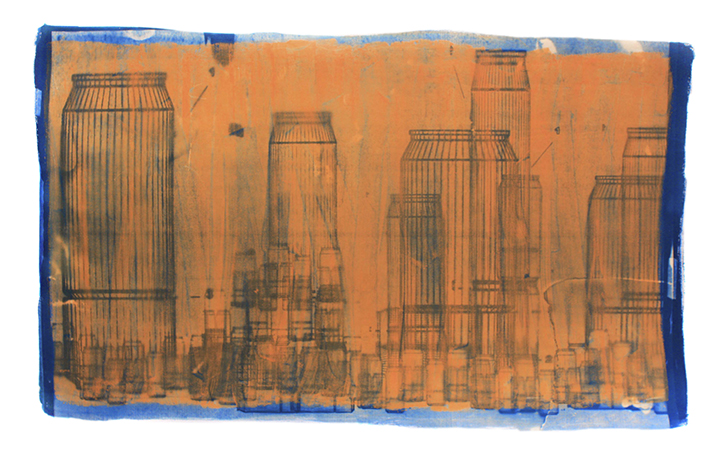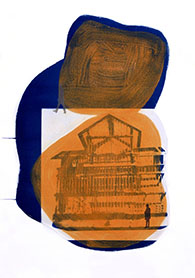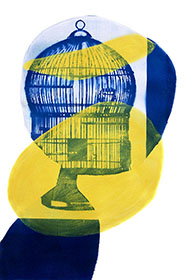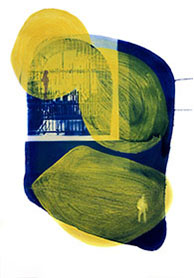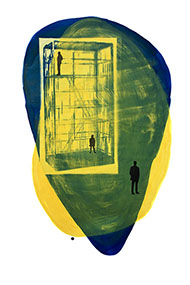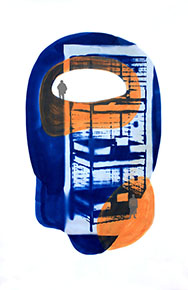Fiction City. 2012
Rhythm: pulsations, heartbeats, electrocardiograms, metronomes… Without fully understanding why, rhythm presents itself in my mind as repetitive and monotonous, even though the possible varieties for creating rhythms are infinite. Rhythm is a concept that I could not define as autonomous, as I believe it depends on a wide range of variables. I think rhythm operates, up to a certain point, similarly to space. The concept of space precisely refers to the physical absence of matter—that is, it needs to be complemented by the presence of matter in order to be fully understood. It is paradoxical how, under the same condition, we can simultaneously find its opposite: the notions of fullness and emptiness. Apparently, the void cannot manifest without the solidity that defines its boundaries, and vice versa. Something similar happens with rhythm: for rhythm to exist, there must be silence and pause.
Relating these ideas to “the city”, I find that there are at least two general aspects to its rhythm: the rhythm of the city’s growth (considering the city almost as a living being that is born, feeds, grows, and generates energy) and the rhythm each inhabitant of a city carries. But are they truly divisible? How can the rhythm of cities affect us, and in what ways? The alienated and stressful rhythm of cities stems from one main element: repetition, routine. As Bartolomé Ferrando states, “The repetition of something unsettles its meaning, dissolves it, undoes it.”¹
Every day, we perform thousands of tasks, both inside and outside the home. Since the democratization of personal computers and the Internet, the home has ceased to be a place of rest (it has ceased to be the spatial pause of rhythm) and has become a place where work continues. Our routine consists of actions, sensations, and behaviors that repeat themselves day after day. Sometimes they are so intense that they do not leave us even during the weekend (thus we also lose the temporal and mental pause of rhythm).
By losing the spatial, temporal, and mental pauses of the rhythm that affects and inhabits the individual—or, in other words, by losing pause in all its dimensions—and considering that pause and rhythm are inseparable, we inevitably lose rhythm itself, falling into a state of chaos. Paul Ardane reflects on this contradiction between chaos and order when he defines the city as an “engine of modernist imagination, a mental palimpsest that combines order and chaos, organization and entropy.”²
With the repetition of an infra-sign, its meaning becomes unsettled; with the repetition of the same task day after day, that task loses its sense. It is not that we forget its purpose, but that purpose and meaning do not necessarily align toward the same objective. The repetition of a task, a thought, a sensation, can eventually trigger severe alterations in an individual's consciousness, leading them to question the meaning of life, of their own life, and to ask themselves: who am I?
1. FERRANDO, Bartolomé. “Del fragmento, la repetición, el ritmo, la permutación, la aleatoriedad y la indeterminación en la poesía fonética y sonora”. Bellas Artes, núm. 6. 2008. p.63.
2. ARDANE, Paul “La ciudad como espacio práctico”, Un arte contextual. Creación artística en el medio urbano, en situación, de intervención, de participación. Murcia: Editorial del CENDEAC. 2006. p.59.
First Price in the Fine Arts Competition Creajoven organized by the Murcia City Council (2011)
- fiction_city.txt
- Última modificación: 2025/04/27 14:07
- por elena.lopez5@um.es
